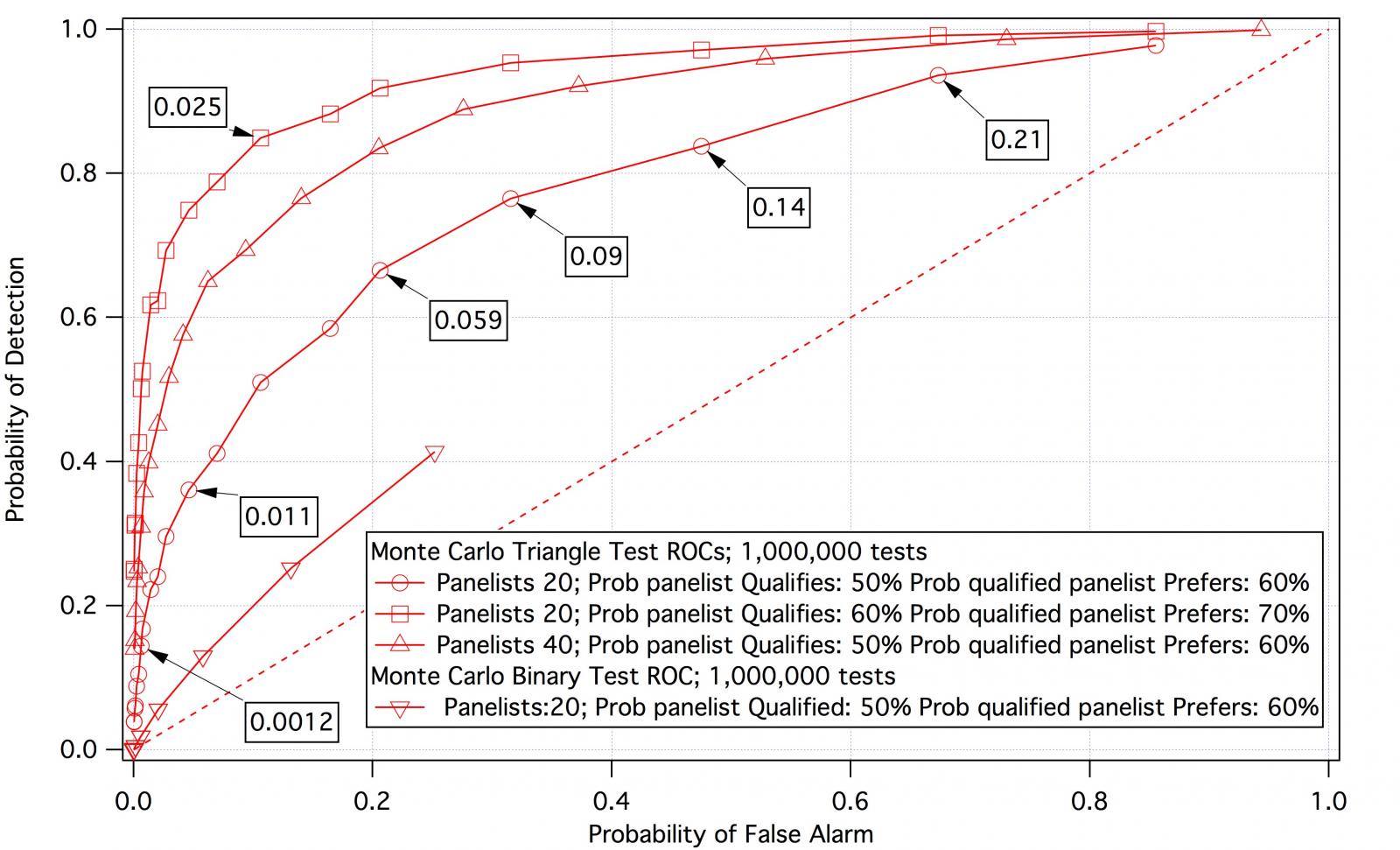Really, you are still holding on to your brew dogma for dear life. Trying your hardest to mathematically make your position have strength when none is there.
Let me ask you this, how many more times do they need to test fermentation temp for you? Now they have done it eight times by three people in three different states. The last one compared 48 degrees and 72. 24 degrees different. Only eight of 20 people could tell the difference if they even could. The person who made them could only get a triangle test right two of four times and anecdotally felt certain they tasted the exact same. But somehow that's not good enough for you or the results from the other 7 tests aren't good enough for you to make an opinion. And I'm just some sort of "fool" for going along with these results.
So how many more times do they need to test this? Really gives us all a number.
That last test was wyeast 2124, they have used wlp800 as well. So they've used at least three different yeasts now. Furthermore the meaningless preference data in this case was once again prefer the warm ferment. In the 82-degree experiment the preference was warm ferment.
So really bwarbiany, explain why it would be so foolish, to come to the conclusion that fermentation temperature isn't as big of a deal as you make it? What's the reasoning, because you read it in a book somewhere, because someone you really trust told you it mattered, because it's just something you think, because you think that's what taught in College. Once again where's your data other than somebody said it to be true. They made the beers and they tasted them blind in a triangle that's how it's done. There really isn't another way to do it. Oh I guess you know we could measure it with a spectrometer or something. Needing a million-dollar machine to discern a difference doesn't make a difference to me.
You need to boil 90 minutes right? Well how come in the two tests he did there was no DMs. And in that test he did send it to a lab and there was no DMs. How come the boil with the lid on experiment didn't come back significant? How come the weak verse strong boil didn't come back significant? How come people couldn't reliably tell the difference between Whirlpool Hops and flame out additions? Is it all just a bunch of BS and you have the real answers, or is there a chance that an overemphasis on process considerations has skewed your perception into tasting and believing things that don't exist. Is there a chance that maybe some of the stuff just doesn't matter and the real answer to better making beer lies elsewhere,
There are literally thousands of published papers studying fermentation temperature and yeast. Your smug attitude is hilarious, that you can actually say show me the data when the "science" you hang your hat on is useless as you would rather trust the taste buds of strangers than actual facts.
And the DMS "experiments" were just bad experiments, what exactly is the control? How much DMS was in the wort to begin with? It's funny you say you don't care about "Needing a million-dollar machine to discern a difference " then quote the absolutely useless testing they did on the sample as some gospel. There lab testing was 100% useless. Not even a question or argument to be had.






















































![Craft A Brew - Safale S-04 Dry Yeast - Fermentis - English Ale Dry Yeast - For English and American Ales and Hard Apple Ciders - Ingredients for Home Brewing - Beer Making Supplies - [1 Pack]](https://m.media-amazon.com/images/I/41fVGNh6JfL._SL500_.jpg)





